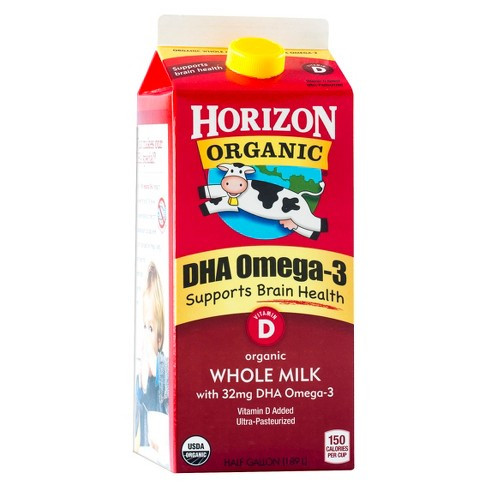With abundant nutrition and health information in our physical and virtual environments, it is easy to get lost in health claims made on food products. How often have you read a food label that claims a particular food will "boost your immune system," or is "heart healthy?" Yet, do you know what these claims truly mean? Are they consistent with current research and clinical evidence?
According to the United States Food and Drug Administration (FDA) there are only three categories of claims that are approved to be printed on food packaging: health claims, nutrient claims, and function claims. Generally, these labels are found on the front side of the food package in emphasized lettering.
Health Claims
In 1990, the Nutrition Labeling and Education Act allowed claims that related a specific food component (e.g., oats) to lowered disease risk (e.g., reduced cholesterol) to be printed on the label of a food product. For example, if a company wants to place a health claim on their food packaging, such as "Heart Healthy," they must first send in their proposed claim to the FDA for scientific evaluation and approval. A well-known example of this is Quaker Oats. Quaker successfully submitted their food product, Old Fashioned Oats, to the FDA for approval to designate as Heart Healthy. Given that research consistently finds that a diet rich in fiber helps reduce cholesterol, a risk factor for heart disease, and that rolled oats are high in fiber, Quaker Oats was approved to include "Heart Healthy" on the food label. This type of claim is tightly regulated and has a limited vocabulary that is permissible.
Nutrient Content Claims
In 1990 under the same Nutrition Labeling and Education Act, nutrient content claims were also allowed on food packaging. This type of claim describes the nutritional content and nutrient levels of the food product in comparison to the accepted standard of the product. The terms that are used in this type of label is "free," "reduced," "high," and "low." These type of claims are only applicable to nutrients that have a % daily value established such as saturated fat, added sugars, and vitamins and minerals. An example of this type of claim is "low/less sugar." Shortly after this claim you will also read "when compared to" the regular variety of product, signifying that it is some percentage less sugar than its whole sugar counterpart.
Function Claims
Function claims are claims placed on labels that are less tightly regulated by the FDA; however, companies who place them on their labels must have evidence that the claim is honest and is not deceptive to consumers. These claims specify information regarding general health and do not contain any information detailing the food product's direct effect on health. Common function claims include "antioxidants help the immune system" or "DHA omega-3 supports brain health." Given that there is too little scientific evidence for this claim to be specific to health, function claims are most often used for marketing purposes.
In summary, claims on food packaging can be confusing for consumers, yet are regulated by the FDA and can be helpful when choosing between foods if you understand what they mean. For more information about food labels, see our previous posts in this series about the history of food labels, anticipated changes, and ingredient statement & allergen information.











